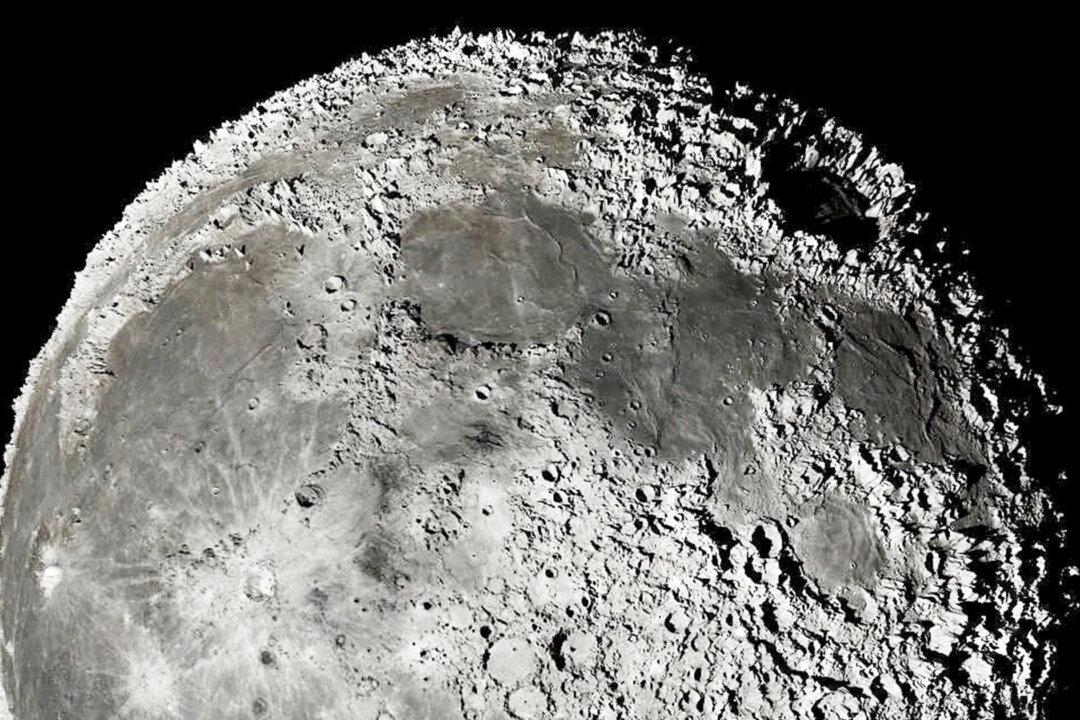Making good use of the clear night skies in Arizona, where he recently moved, astronomy buff Andrew McCarthy sets up his telescope camera in his backyard to take spectacular shots of the Moon.
After the pandemic halted his career working for a tech startup, the digital artist/photographer struck out to turn his passion into a business creating astronomical artwork, which he characterizes as a blend of “scientific communication” and “art” coupled with social media—he now sells his prints for a living.





